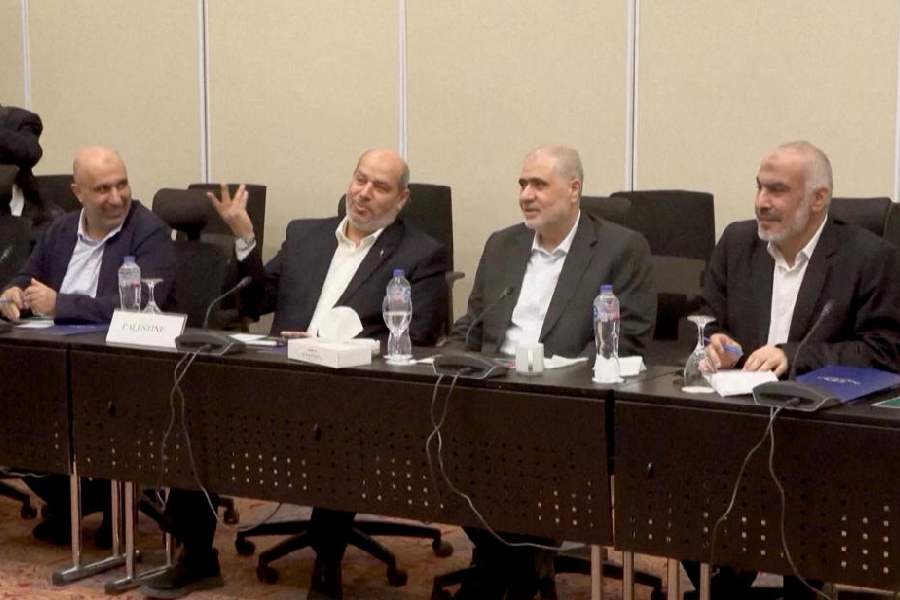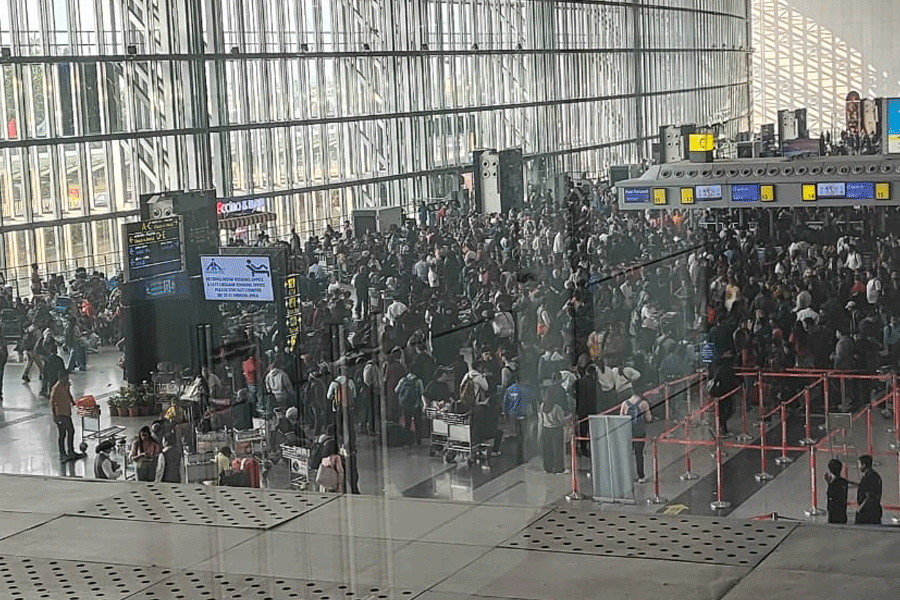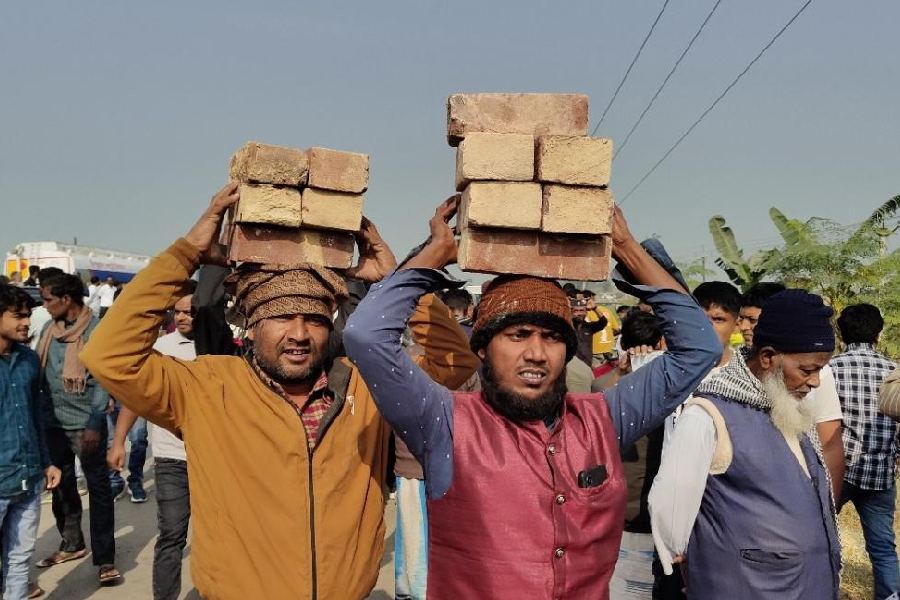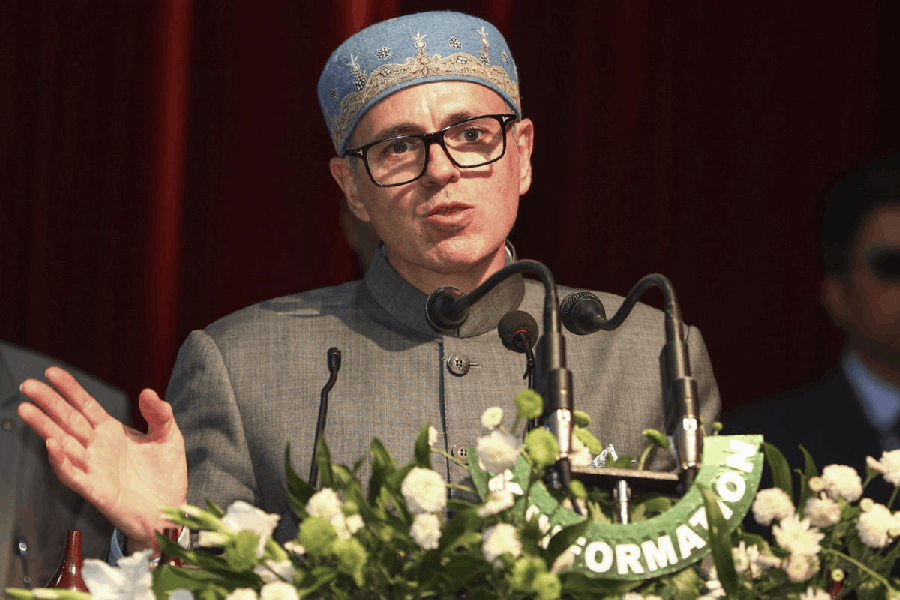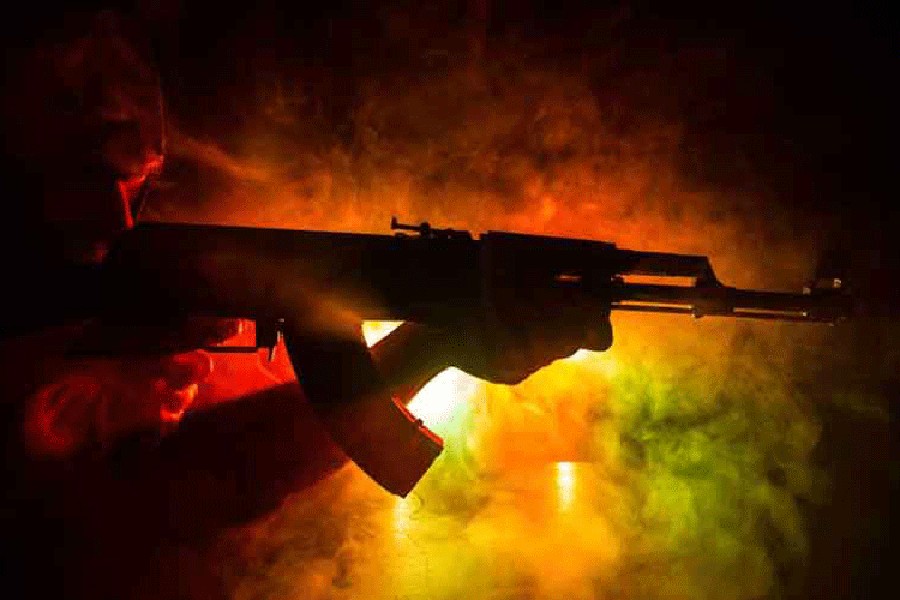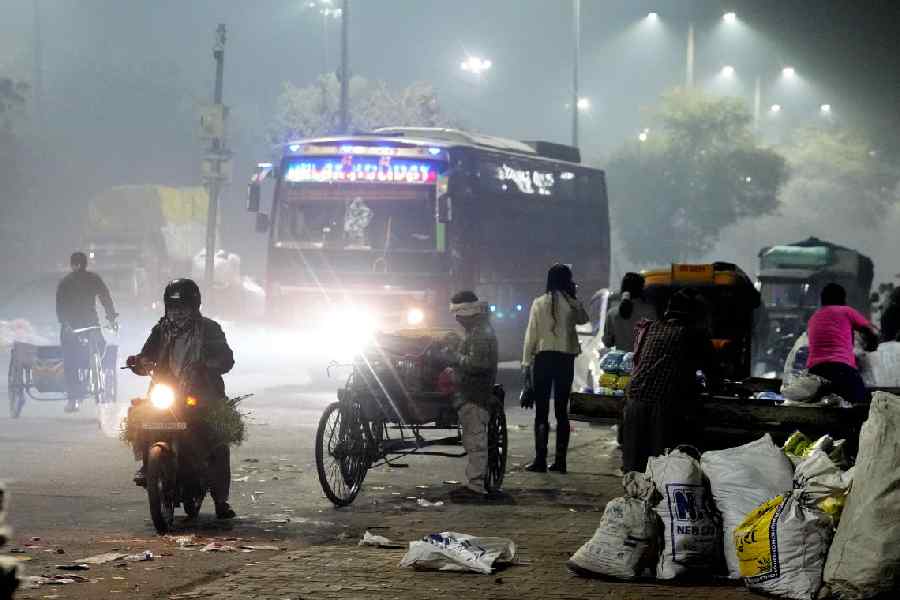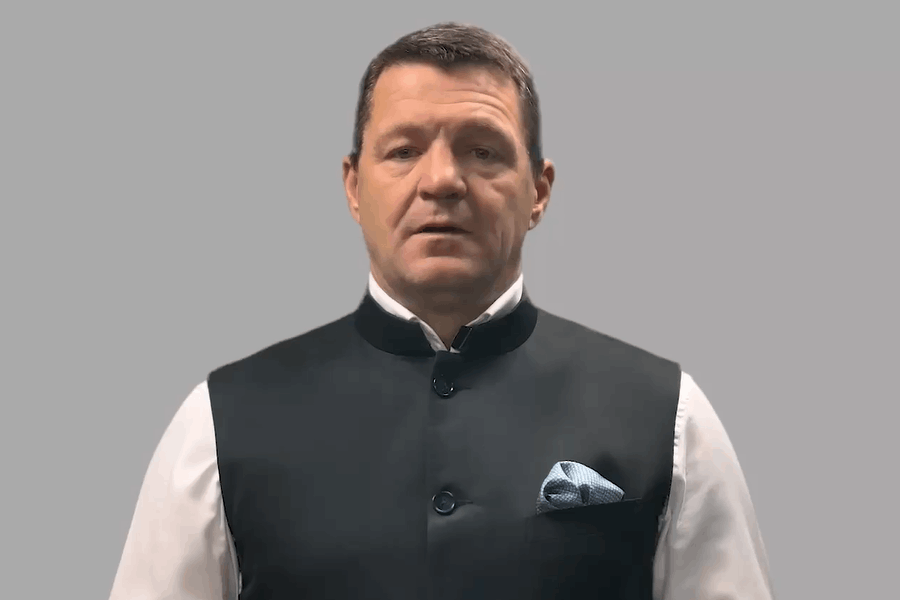President Donald Trump is at the brink of the biggest diplomatic accomplishment of his second term — a cessation of the brutal war between Israel and Hamas — and on Wednesday evening he made clear he was eager to fly to West Asia to preside over a ceasefire and welcome hostages who have spent two long years in underground captivity.
For Trump, success in this venture is the ultimate test of his self-described goal as a deal maker and a peacemaker — and a pathway to the Nobel Peace Prize he has so openly coveted. By chance, the winner for 2025 is scheduled to be announced just hours before he may be departing to take his victory lap in Egypt and Israel.
Much could go wrong in coming days, and in West Asia it often does. The “peace” deal Trump heralded on Truth Social on Wednesday evening may look more like another temporary pause in a war that started with Israel’s founding in 1948, and has never ended.
But if Trump can hold this deal together, if Hamas gives up its last 20 living hostages this weekend and with them its negotiating leverage, that would be an extraordinary step towards the kind of peace plan Trump, and his predecessor, Joseph R. Biden Jr, have pressed to accomplish, despite many diversions down dark holes. And if Trump can get Prime Minister Benjamin Netanyahu to withdraw troops from Gaza City and give up on his plan to take control of the shattered remains of Gaza, if he can stop the carnage that has killed 1,200 people in Israel and more than 60,000 Palestinians, he will have done what many before him tried: outmanoeuvred a difficult and now isolated ally.
“This ceasefire and hostage release, if it happens, only came to fruition because of Trump’s willingness to pressure Netanyahu,” said Aaron David Miller of the Carnegie Endowment for International Peace, who has often been critical of Trump’s starts and stops in West Asia. “No President, Republican or Democrat, has ever come down harder on an Israeli Prime Minister on issues so critically important to his politics or his country’s security interests.”
Trump knows that by far, the best international accomplishment of his first term was the Abraham Accords, which normalised relations between Israel and the United Arab Emirates and Bahrain, the first Arab states to recognise Israel in a quarter of a century. Sudan and Morocco joined later. It was the fear that Saudi Arabia, home to many of the holiest sites in the Muslim faith, was on the verge of joining those accords that helped drive Hamas to the horror of the October 7, 2023, attack.
But in many ways, stopping the carnage of this war — which destroyed Hamas’s leadership, 90 per cent of the homes in Gaza, and ultimately tore at Israel’s global standing — is an even bigger accomplishment.
If the peace plan moves forward, Trump may have as legitimate a claim to that Nobel as the four American Presidents who have won the peace prize in the past, though with less bombast and lobbying.
But it is far from clear that the conflict is truly ending. Trump’s statements, and Netanyahu’s, referred only to the first step, the hostage-for-prisoner swaps and the withdrawal of Israeli troops to a yet-to-be-described line. Getting to the next stage, where Hamas would have to give up its arms and, even harder, its claim to run Gaza, may prove even more difficult than bringing the living and dead hostages home.
New York Times News Service

